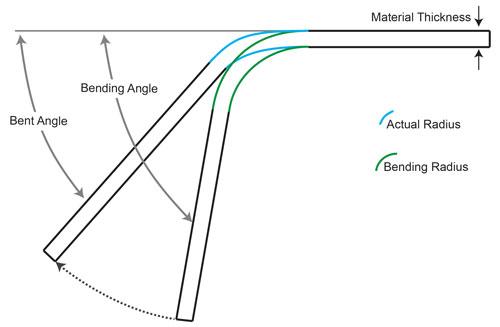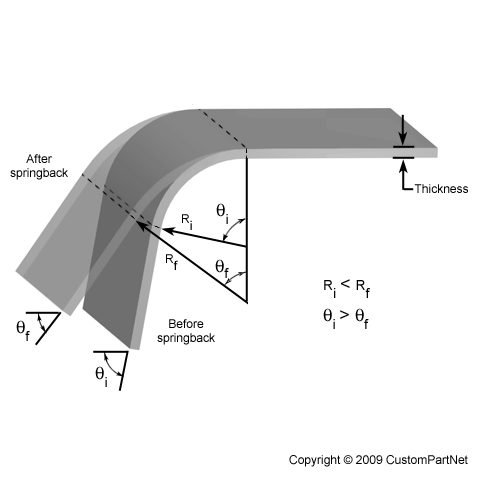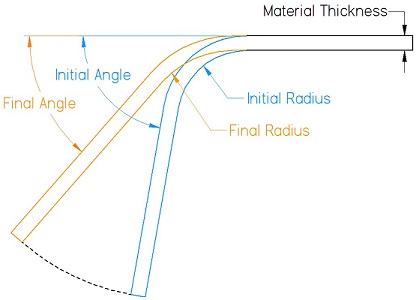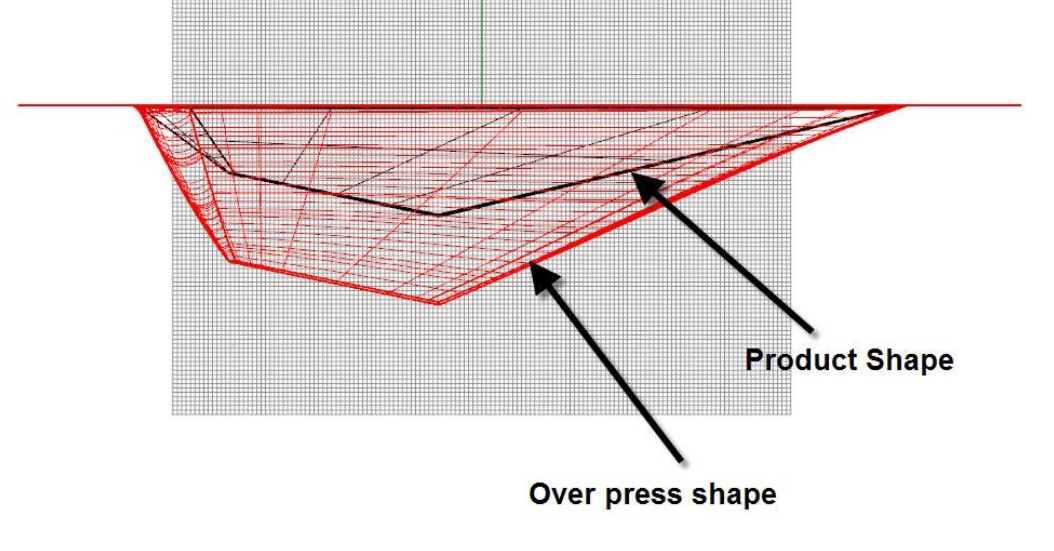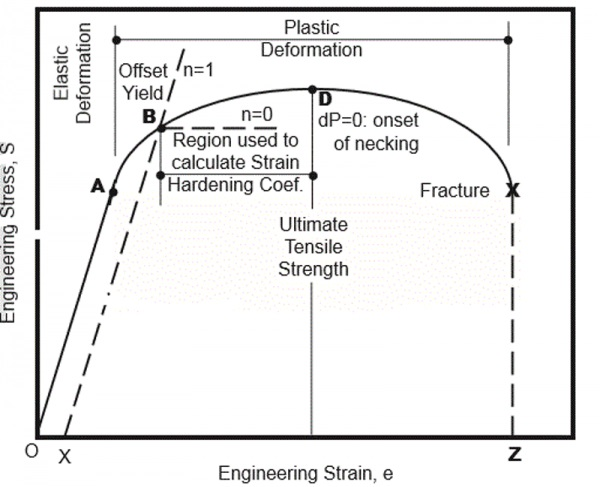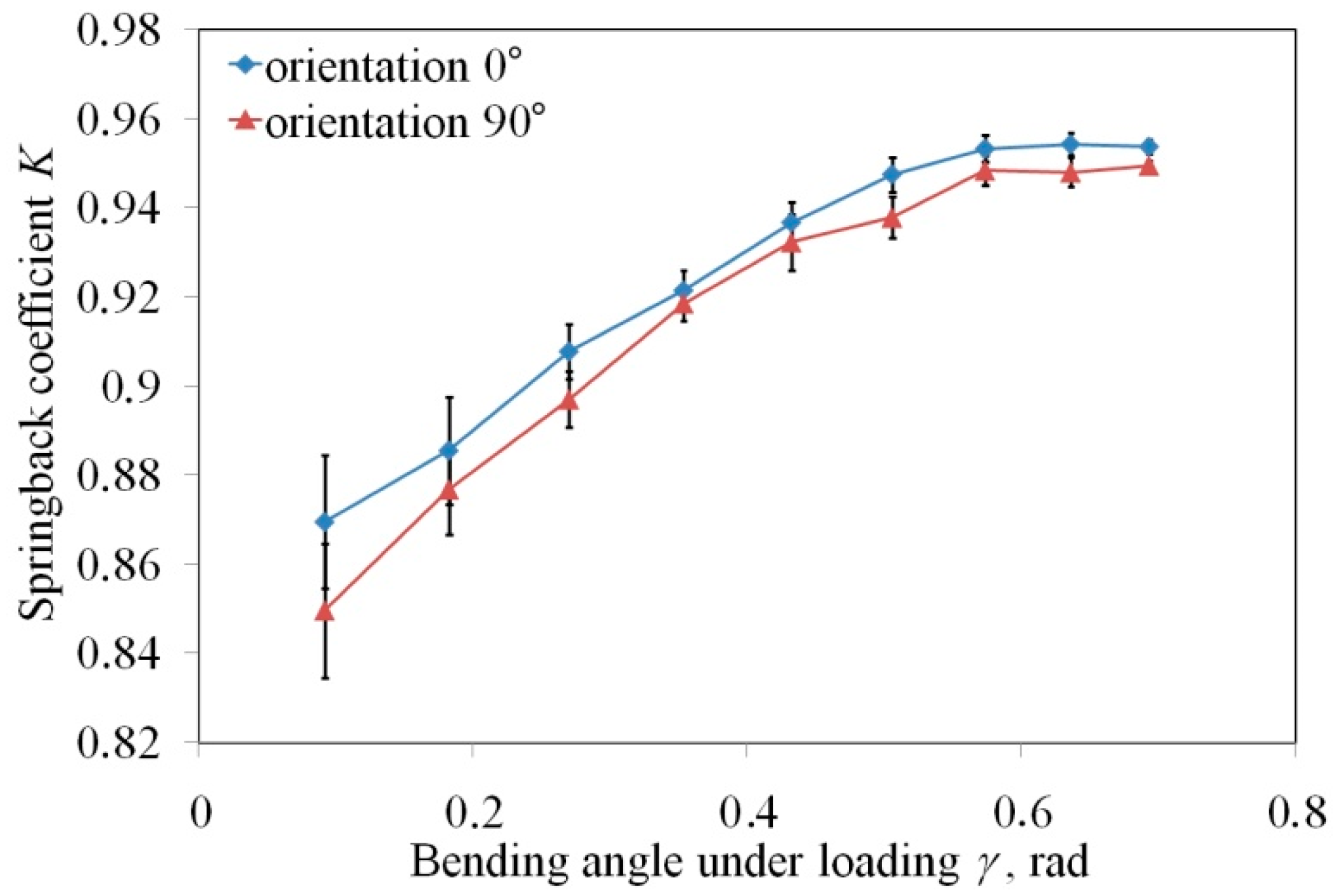Determination Of Springback In Sheet Metal Forming

Springback it is instructive to begin with the simplest case and the most restrictive assump tions.
Determination of springback in sheet metal forming. Upon completion of sheet metal forming deep drawn and stretch drawn parts spring back and thereby affect the dimensional accuracy of a finished part. It can be can be understood by looking at a material s stress stain curve discussed in the module on tensile testing which characterizes the behavior of metal under applied force. Finite element simulation of sheet metal forming is a well established tool which is used in industrial practice to evaluate geometrical defects caused by elastic springback. The springback is variably sensitive to materials and process parameters.
Springback springback is the geometric change made to a part at the end of the forming process when the part has been released from the forces of the forming tool. Springback can be defined as an elastically driven change of shape of the deformed part upon removal of external loads. Bending is one of the most frequent actions done to metal in press brake operation. Springback is known as the reaction when this metal is bent and causes complications when forming the metal into objects such as seams and flanges.
Springback is how the sheet metal tries to revert back into its straight form once it is bent. Incremental sheet forming isf has the potential to meet modern demands of rapid flexible and relatively low cost manufacturing of small batches of sheet metal products. Considering springback occurred in a formed part is significant for designing tools and dies. The formation of sheet metal requires elastic plastic bending and stretching of the metal which contributes to springback.
The springback consists of assumed elastic unbending on removal of the applied moment. Springback and inside radius calculator for sheet metal. This phenomenon results in a deviation of the real product geometry from that defined in the design. However the adoption of the isf process in industry is largely hampered by its limited geometric accuracy caused by multiple sources e g tool compliance addressed in.
During forming the material is strained beyond the yield strength in order to induce permanent deformation. When the proportional limits of a specific material are reached or exceeded the material remains bent figure one. Springback is inherent in sheet metal forming.
